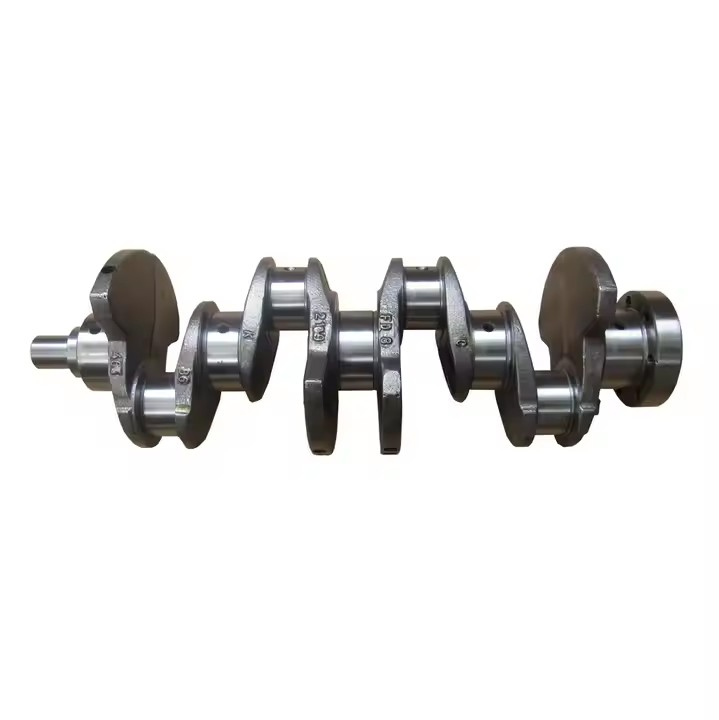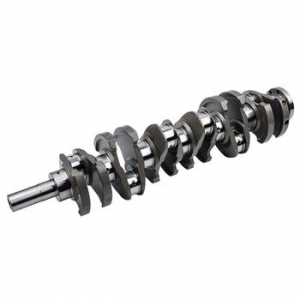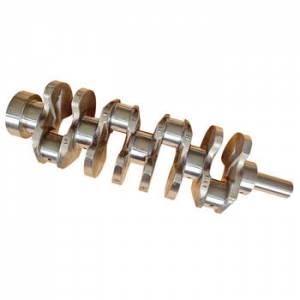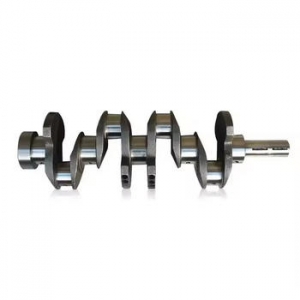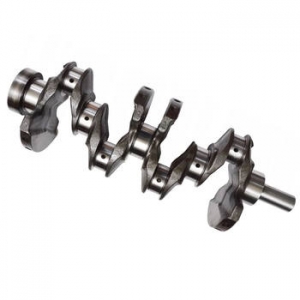The Importance of Crankshaft Surface Enhancement
Crankshafts are essential components in internal combustion engines, responsible for converting the linear motion of the pistons into rotational motion. To ensure optimal performance, crankshafts must withstand high loads and stresses. The surface of the crankshaft is particularly critical, as it is subject to continuous friction and wear. This is where crankshaft surface enhancement comes into play.
Nitriding: A popular method for Crankshaft Surface Enhancement
Nitriding is a heat treatment process that introduces nitrogen into the surface of a crankshaft, resulting in a hard, wear-resistant layer. This layer improves the fatigue strength and durability of the crankshaft, making it more resistant to wear and tear. The nitriding process is typically carried out at a temperature between 500 and 550 degrees Celsius and can take several hours to complete. Nitriding is a popular method for crankshaft surface enhancement due to its cost-effectiveness and ability to improve the performance of crankshafts.
Plating: Another method of Crankshaft Surface Enhancement
Plating is a process that applies a thin layer of metal to the surface of a crankshaft. This layer provides additional wear resistance and corrosion protection, improving the overall performance of the crankshaft. There are several types of plating, including chrome, nickel, and tin. Each type has its unique advantages and disadvantages, so it is essential to choose the right one for your specific application. For example, chrome plating is often used in high-performance engines due to its high hardness and wear resistance. However, it is more expensive than other types of plating.
Other methods of Crankshaft Surface Enhancement
In addition to nitriding and plating, there are other methods of crankshaft surface enhancement. These include:
- Shot peening: a process that uses high-velocity shot to create a compressive residual stress on the surface of the crankshaft, improving its fatigue strength.
- Carburizing: a heat treatment process that introduces carbon into the surface of a crankshaft, resulting in a hard, wear-resistant layer.
- Boronizing: a heat treatment process that introduces boron into the surface of a crankshaft, resulting in a hard, wear-resistant layer.
Choosing the right method for your Crankshaft Surface Enhancement
Choosing the right method for crankshaft surface enhancement depends on several factors, including the specific application, performance requirements, and budget. It is essential to consult with a knowledgeable professional to determine the best method for your specific needs. For example, if you are looking for a cost-effective method that provides good wear resistance, nitriding may be the best option. On the other hand, if you need a high level of corrosion protection, plating may be the better choice. Whatever method you choose, crankshaft surface enhancement can help improve the performance and longevity of your internal combustion engine.

